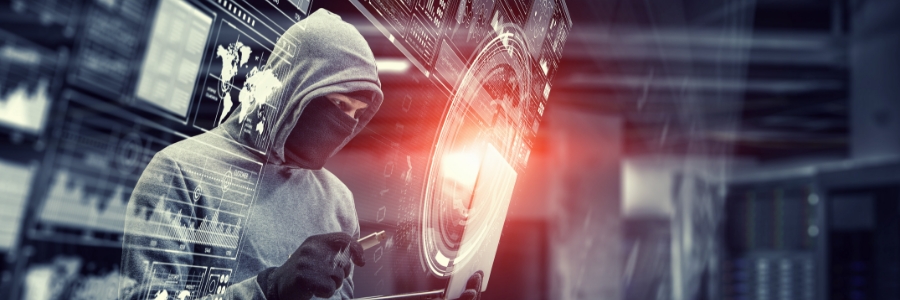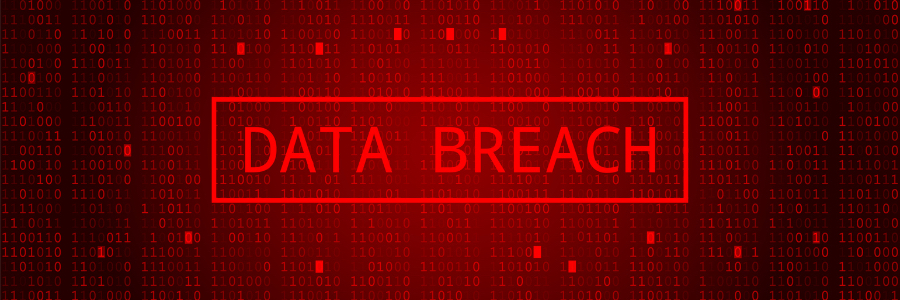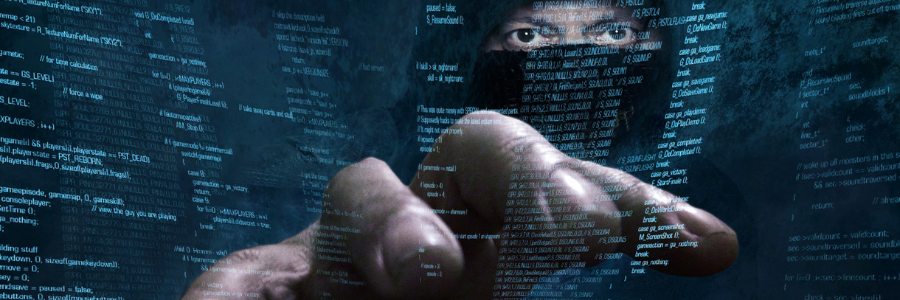Voice over Internet Protocol (VoIP) systems are a convenient and cost-effective solution for businesses, but they also present unique security challenges. A successful hack can have serious consequences, from financial loss to compromised client information.
Red flags that signal a possible VoIP hack
Protect your business printers from cyberattacks

Protecting your business printers from malicious cyberattacks may be the last thing on your mind, but it should definitely not be. Hackers are always looking for new vulnerabilities to exploit, and, if left unprotected, printer systems can offer a trouble-free gateway into vast troves of sensitive data.
The three kinds of hackers every business should watch out for

Hackers come from all different backgrounds. Some hackers are motivated by money and politics, while others simply hack systems for fun. In this blog post, we will define the three kinds of hackers and how each one differs from the others.
A complicated history
In the 1950s, the term “hacker” was vaguely defined as someone who explored the details and limits of computer technology by testing them for a variety of purposes.
Keep cybercriminals from attacking your business printers with these tips
Are your business printers protected against hacks?
3 Hats a hacker might wear
3 Types of hackers you should know about
What are the risks of BYOD?

Taking work home, or practically anywhere, has never been easier. The bring your own device (BYOD) strategy has become a popular approach for many businesses to conduct work more efficiently and flexibly. But this strategy is not without risks. BYOD, if not implemented correctly, can make your system susceptible to a number of attacks.
It’s time to redefine the word “hacker”

When a cyber security researcher stopped the spread of WannaCry, the headlines praised him as a savior. But just a few short months later he was in handcuffs for allegedly creating a piece of malware that steals banking information. Even if he is innocent, it’s important to understand the difference between white hat, black hat and even gray hat hackers.
2016’s possible security problems

Online security has probably never been such a hotly debated subject as it was in 2015. From recent numerous high-profile attacks on Sony and others, to this year’s leaking of data stolen from the extramarital-affair-facilitating website Ashley Madison website, have pushed cyber security firmly into the spotlight.






